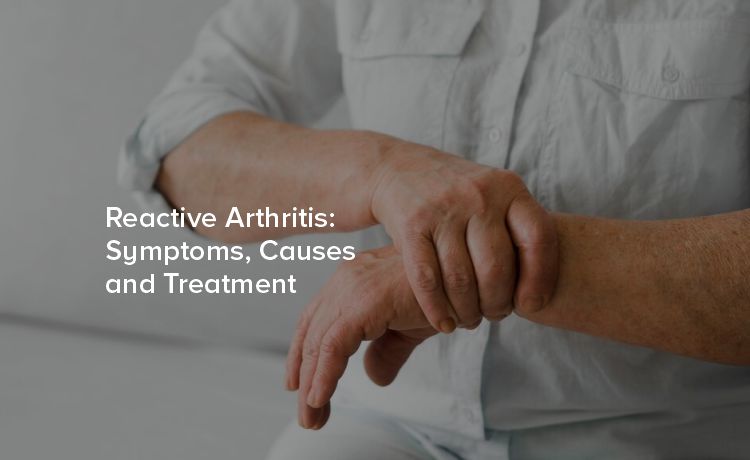
Reactive arthritis, previously known as Reiter's syndrome, is a condition that causes inflammation in various parts of the body but is primarily noticed in the joints, urinary tract, and eyes. It generally emerges in reaction to an infection in another part of the body, crossing from the site of the initial infection through the bloodstream to other regions, particularly the joints.
The exact cause of reactive arthritis is not well-understood, but it is known to occur as a reaction to bacterial infections in the body. The most common triggers are sexually transmitted infections (STIs) like chlamydia, and gastrointestinal infections caused by bacteria such as Salmonella, Shigella, Campylobacter, or Yersinia. Not everyone exposed to these infections will develop reactive arthritis, which suggests that genetic factors may play a role. In particular, people with the HLA-B27 gene are at a higher risk.
Reactive arthritis symptoms can vary from mild to severe and may develop gradually or appear suddenly. Common symptoms include:
Joint pain and swelling: Most frequently affecting the knees, ankles, and feet.
Urinary problems: Increased urge to urinate, burning sensation during urination, or inflammation of the prostate gland or cervix.
Eye discomfort: Redness, irritation, and pain, known as conjunctivitis or uveitis.
Skin rashes and lesions: Particularly on the palms of the hands or the soles of the feet, and mouth ulcers.
Some individuals may also experience fatigue, weight loss, and fever. The symptoms of reactive arthritis usually appear within one to four weeks following the triggering infection.
There is no single test for diagnosing reactive arthritis. Doctors often rely on a combination of medical history, physical examination, and various tests. These tests can include STI screening, stool samples to check for gastrointestinal infection, blood tests to look for signs of inflammation or the presence of the HLA-B27 gene, and imaging tests like X-rays or MRI to view the affected joints.
While there is no cure for reactive arthritis, the condition often improves on its own within a few months. Treatment focuses on relieving symptoms and treating any underlying infection that triggered the arthritis. Options include:
Antibiotics: To eradicate the initial bacterial infection, if still present.
Nonsteroidal anti-inflammatory drugs (NSAIDs): To reduce joint pain and swelling.
Corticosteroids: For more severe cases, these may be injected directly into the affected joint.
Physical therapy: To maintain joint flexibility and muscle strength.
DMARDs (disease-modifying antirheumatic drugs) and TNF blockers: For cases that do not respond to other treatments, these options can help reduce immune system attacks on the joints.
Alongside medical treatment, certain lifestyle adjustments and home remedies can help manage symptoms:
Exercise regularly: Low-impact activities can help keep joints flexible.
Apply heat or cold: Heat can relieve muscle pain and stiffness, while cold can reduce swelling and pain.
Maintain a healthy weight: Reducing pressure on the joints, especially the knees and hips.
Reactive arthritis is a complex condition with varying symptoms and severity. If you suspect you have reactive arthritis, it's important to seek medical attention for a proper diagnosis and treatment plan. With appropriate care, most people recover completely from the initial flare-up of symptoms, though some may experience recurrent episodes or long-term joint problems.